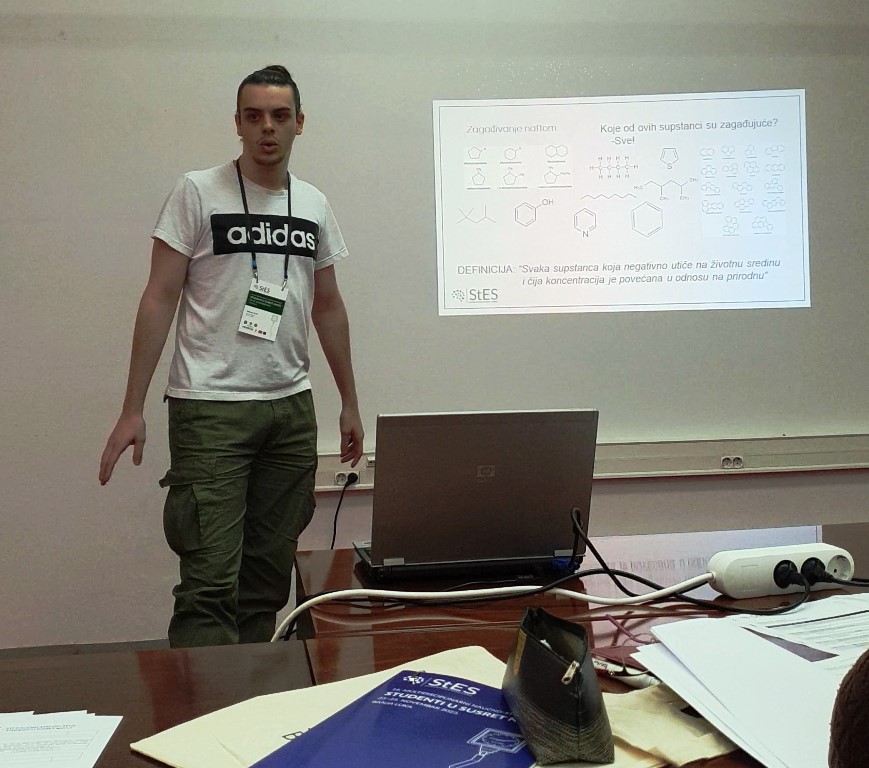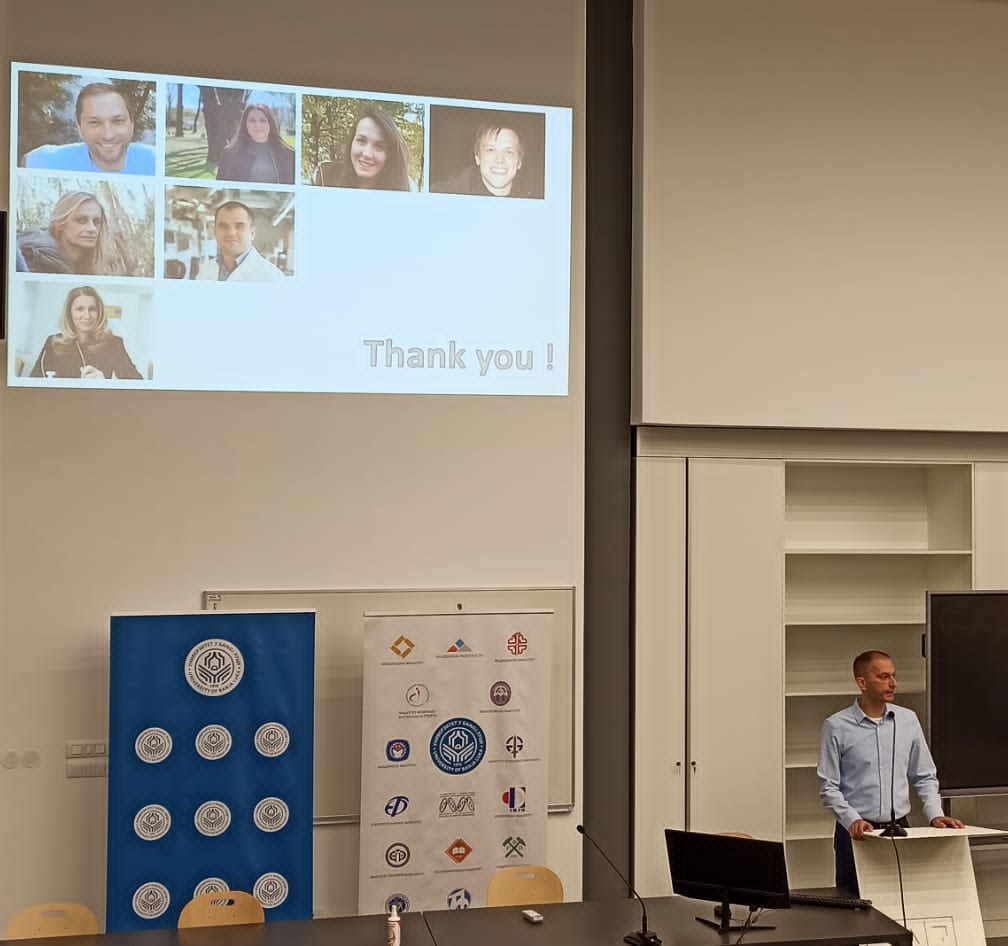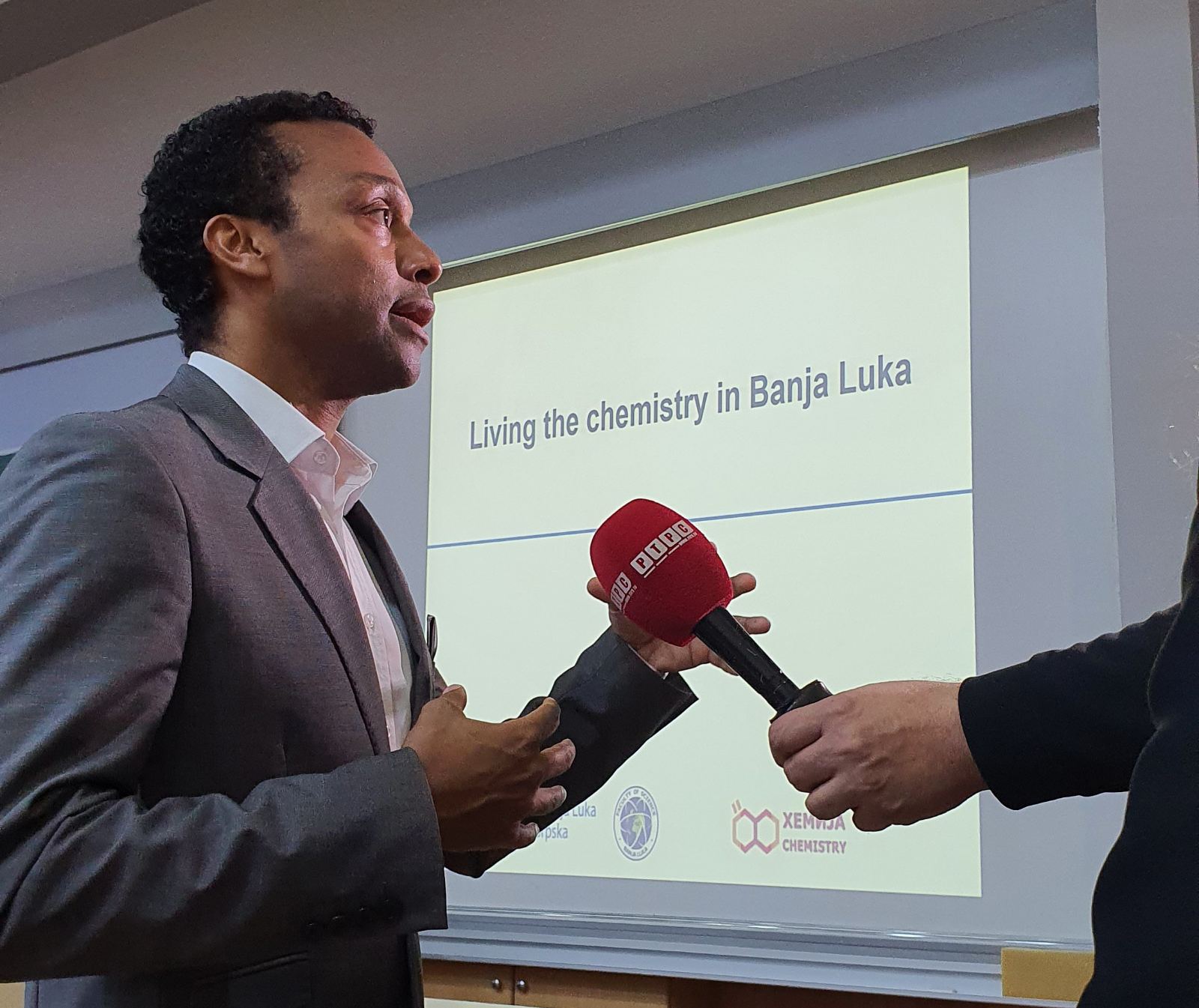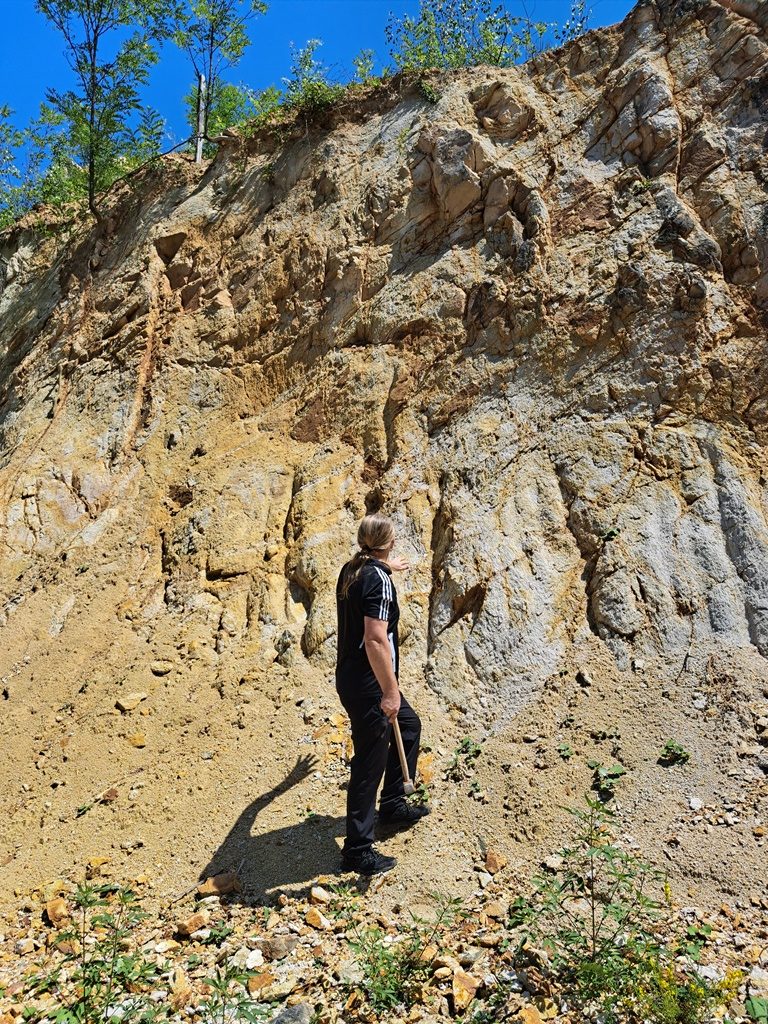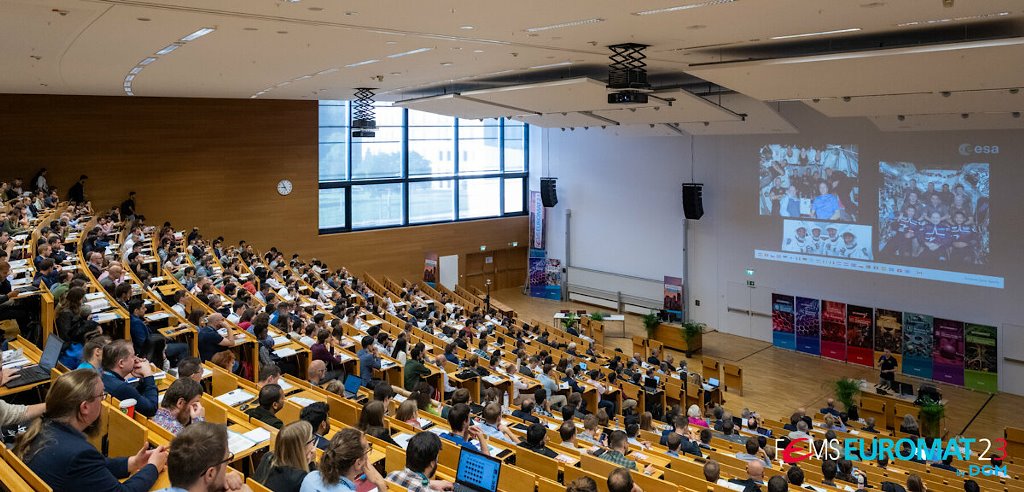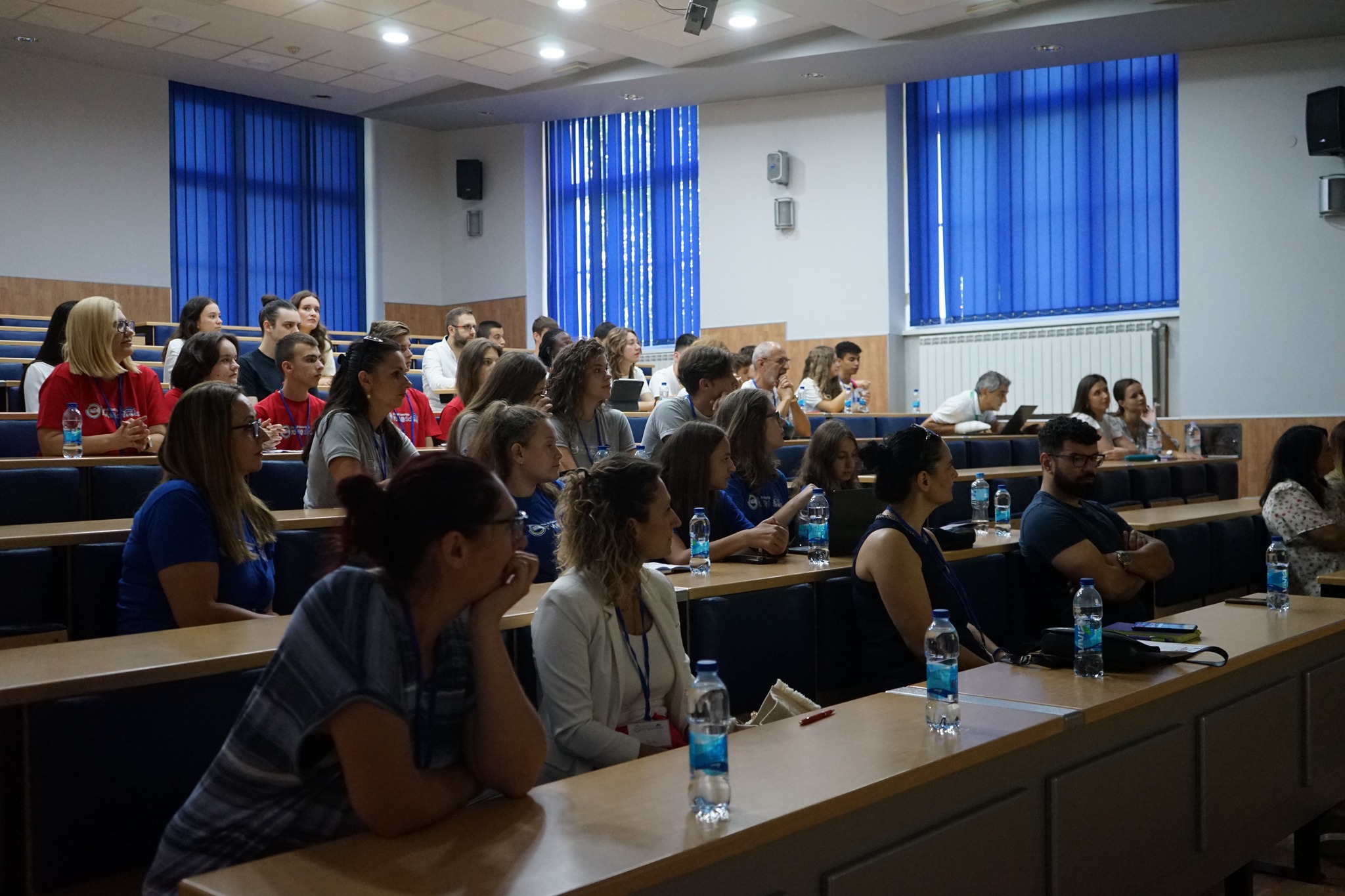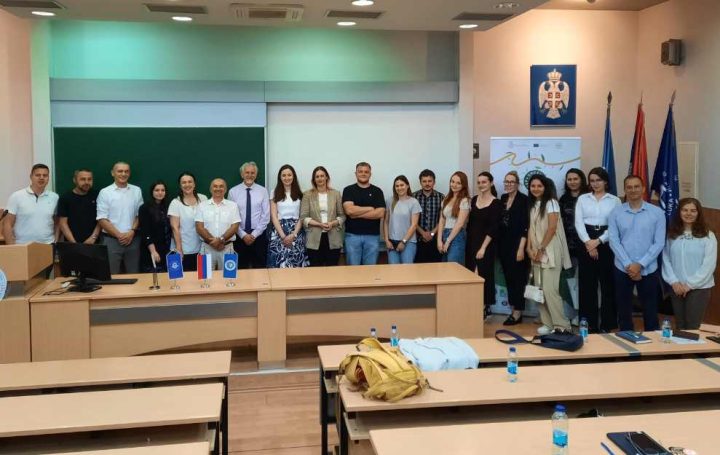The workshop on the development and application of advanced materials and modern analytical techniques was held on July 7, 2023 in the amphitheater of the Faculty of Natural Sciences and Mathematics of the University of Banja Luka.
The participants had the opportunity to attend lectures from the most current fields of science held by chemists from well-known world universities. Professor Dušan Losić from the School of Chemical Engineering of the University of Adelaide and director of the ARC Graphene Research Hub spoke about the development and modification of graphene materials for use in environmental remediation and other applications.
The Losić group’s research interests are focused on graphene and other advanced materials and include fundamental and applied aspects in nanotechnology, chemistry, materials science, engineering, medicine and agriculture. The results of the research aim to deal with problems in health, environment, agriculture and energy.
Professor Losić is the head of the Losić research group and one of the world’s leading scientists in the field of graphene with over 24000 citations and numerous patents that led to the start of industrial production of this material.
The second lecture on the latest trends in the field of electroanalytical chemistry related to the examination of surface phenomena on electrodes was held by Milomir Šuvira, a doctoral student in the field of analytical chemistry at the University of Washington, and at the end, the lecture was also held by Prof. Dr. Altijana Hromić Jahjefendić from the International University of Sarajevo on the topic of application of mineral and nanomaterials in biomedical technologies.
The workshop is the final part of a three-day training as part of the DeepGreenInno coordination project at the Chemistry Department, where colleagues from the partner International University of Sarajevo had training in the field of preparing nanoporous, activated carbon, and determining the antioxidant capacity of plants exposed to stress due to toxic metal pollution.
Also, the partner team had training on project management from the program of the European Institute for Innovation and Technology, in which the University of Banja Luka is the leader in Bosnia and Herzegovina with seven implemented projects.
The workshop was also attended by Prof. Dr. Zoran Vujković, Assistant Minister for Scientific and Technological Development and Prof. Dr. Milica Balaban, Vice-rector for International and Inter-university Cooperation of the University of Banja Luka.

